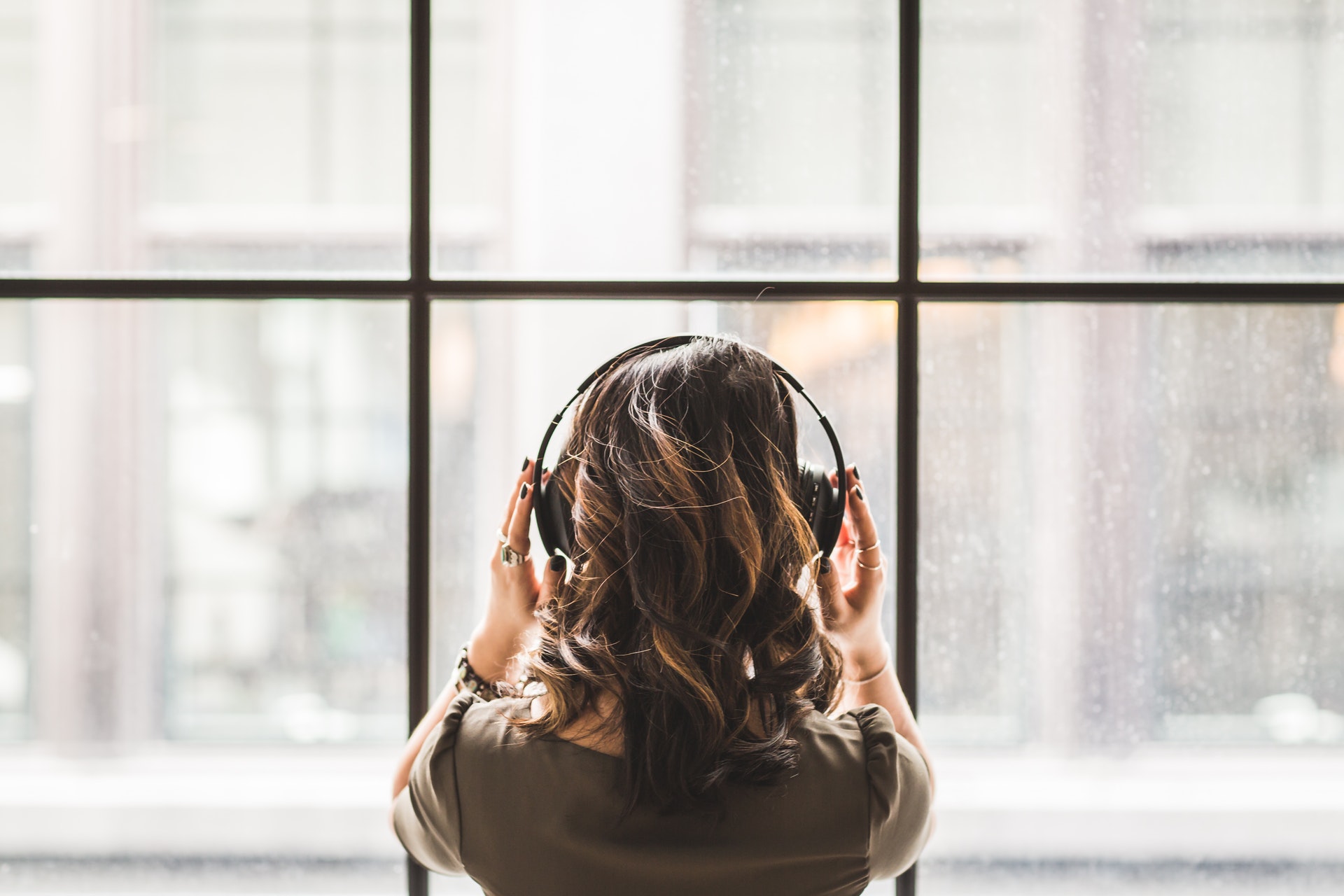Have you ever felt goosebumps rise all over your skin when you hear a song you love, the joy and excitement you feel, or do you wonder why most hit box office movies have a soundtrack in them? Well, you guessed right, there is a special effect sounds have on the brain; it can be soothing, relieving, disturbing, and the list goes on and on.
Parts of the brain, like the thalamus, cerebellum, amygdala, etc. have been found to respond to sound in various ways ranging from sending sensory data and helping to regulate sleep, to goosebumps, the heartbeat, feelings of empathy, pain, and social awareness.
What are binaural beats?
The word binaural indicates “having to do with two ears.” A binaural beat is simply the difference between a sound of two frequencies. These frequencies are usually below 1,000 Hz.
As an example, Imagine you have sounds penetrating your ears with contrasting frequencies (different frequencies) say of around 400 Hz gets into your left ear and 450 Hz gets in through your right ear. The binaural beat is the difference between both frequencies (i.e., 450 minus 400) giving a binaural beat of 50 Hz. Beats between two close frequencies purportedly have quite a number of positive effects on the mind and body, and this is why some people go through binaural beats therapy, which helps with a variety of health and mental issues.
This seemingly unexplored mode of therapy is not necessarily new, as music has been used by the early Greeks, Hebrews, and Africans in healing and relaxation. There is a particularly striking story of an ancient king in Israel who had a mental disorder because he had disobeyed his God and had to employ the services of a young harp player who struck the chords of his harp whenever the king got mad, and at the sound of the cord he would get calm.
The concept of binaural beats was first introduced by Heinrich Wilhelm, a Prussian physicist in 1839, when he carried out experiments using two tuning forks that produced sounds with slightly different frequencies. But in 1973 biophysicist Dr. Gerald Oster’s paper called “Auditory beats in the brain” brought the concept to limelight; he posited that it could be used as a potential medical diagnostic tool, and saw the potential in the binaural beat to help.
The five stages of binaural beat
There are five brain wave stages, or states that come with different effects on the body system; these effects happen due to the differences in the frequencies of the sound.
1. The delta stage
This represents the pattern with the lowest frequency with a binaural beat frequency of between 0.1 Hz to 4 Hz. This is also associated with the lowest level of brain activity (i.e., when the brain is least active). When we sleep, the brain can be said to be in a delta state, and this is a contributor to the confused feeling we have when we are abruptly woken up.
This state is particularly related to a calm and tranquil state of mind. So exposing the brain to binaural beats of these frequencies is especially helpful to those who require an enhancement in their sleep patterns, or those who require comfort or a feeling of peace. Therapists supply this stage to help psychologically disturbed individuals and people who have insomnia (a sleeping disorder), or anxiety.
2. The theta stage
The theta stage is slightly above the delta stage as it has a frequency falling between 4 Hz to 8 Hz. The theta brain state is more active but not at its maximal activity level, and this can be noticed when you are meditating, reminiscing, or just in that calm pre-slumber state. It is associated with that point just before you go to sleep. The theta brain state is often referred to the state your body is in when you daydream. The theta frequency binaural beat is used to help relaxation and meditation, and it helps the brain with getting back memories. So for anyone who has ever had a stress-filled day (which is everyone at some point in time), administering theta binaural beats would help relax the body and mind and also boost the memory.
3. The alpha stage
The alpha stage refers to frequencies between 8hz and 13 Hz. Frequencies of this magnitude are related to a state of deep thought, purposeful thinking, and relaxation. It’s a more introspective and reflective state, so it pays no heed to what happens in the surrounding, so these frequencies greatly aid concentration levels. The alpha binaural therapy is well-suited for individuals who have trouble concentrating or focusing; it makes individuals task-oriented plus it could be a boost for artists behind the canvass or students who require complete focus during study periods. This frequency level is also associated with inspiring the mind, and so it boosts productivity as well.
4. The beta stage
The beta frequency range falls between 14hz and 30 Hz. This frequency level is related to alertness, and it also makes for a higher level of concentration when compared to the alpha stage, with attention on the external environment. This stage acts as an energy stimulant and enhances the analytic thinking and problem-solving process. It also helps when you wish to prepare for a situation which requires some degree of assertiveness, and so it can help managers who have to make decisions that might not be taken easily by subordinates, and to stand by whatever decisions they make.
5. The gamma stage
This stage has frequencies with the largest range spanning from 30 Hz to 100 Hz. The higher ends of this binaural frequency could lead to anxiety or fear and should be avoided since they would also lead to stress, but the lower ends between 30hz – 40 Hz help with extremely high-level information processing, a sharper memory, and cognitive boosts. These levels are also associated with great mental alertness—a direct contrast to the delta frequency levels.
The binaural magic
The binaural beat technology can alter brain wave patterns. With a great change in the brain wave pattern as frequencies changes from the delta state to the gamma state, the brain reacts by reactivating and functioning at a higher level. This can create fresh neural pathways within itself which enhances communication amongst different areas of the brain with little or no communication; this in turn leads to increased efficiency with effects such as an increase in learning ability, creativity, intuition, clarity, as well as positive changes in mental and emotional health.
Side effects
Listening to binaural beats with frequencies above 50 Hz could be hazardous, with its effects more pronounced as the frequency increases. It could also have adverse effects on people with epilepsy or some other health disorders, and pregnant women are also advised not to engage till after labor as listening might stimulate labor. Aside from these, there aren’t any known side effects to being exposed to binaural beats. Just ensure that you see a professional before you engage in any form of binaural beat self-therapy, or just seek professional help.
How to use binaural therapy
All you require to listen to binaural beats of any chosen frequency are a pair of stereo headphones and an MP3 player, which could be your smartphone. It is advised that you set out between 15 to 30 minutes of play time every day, a quiet and relaxing atmosphere, a comfortable posture, and a lot of patience since it will take some time and continuous practice to get desired results, and 30 to 45 days should suffice. Using binaural therapy is like using the gym: the more you hit the gym, the stronger you become and the moment you discontinue, your body gradually loses those muscles, so it is advised that even after the initial 30- to 45-day routine, the therapy should continue for sustained results.
Benefits of binaural beats
Sleep improvement
The theta and delta frequency range is dominant when you are sleeping and so when the brain is exposed to frequencies of this range it aids relaxation and helps the body assume a state of rest; it could also propel hormonal changes to this end (i.e., it reduces cortisol levels and increases melatonin levels).
Cognition and creativity
Binaural beats may have a significant effect on the dopamine hormone, which is a hormone that plays a broad role in creative thinking.
The path to becoming a master at meditation is not an easy one to tread, and the fact is that binaural beats might work for a family member but won’t work for you. They are not a cure to any disease although they may aid healing processes and also serve as a perfect substitute for individuals who are interested in relaxing, sleeping, and getting into a meditative state.
The use of binaural therapy varies from individual to individual; while some may use it as a stress reduction therapy, others could use it to sharpen their focus or deepen their cognitive process. But in all, it is safe to say that there is a binaural therapy type for everyone.







